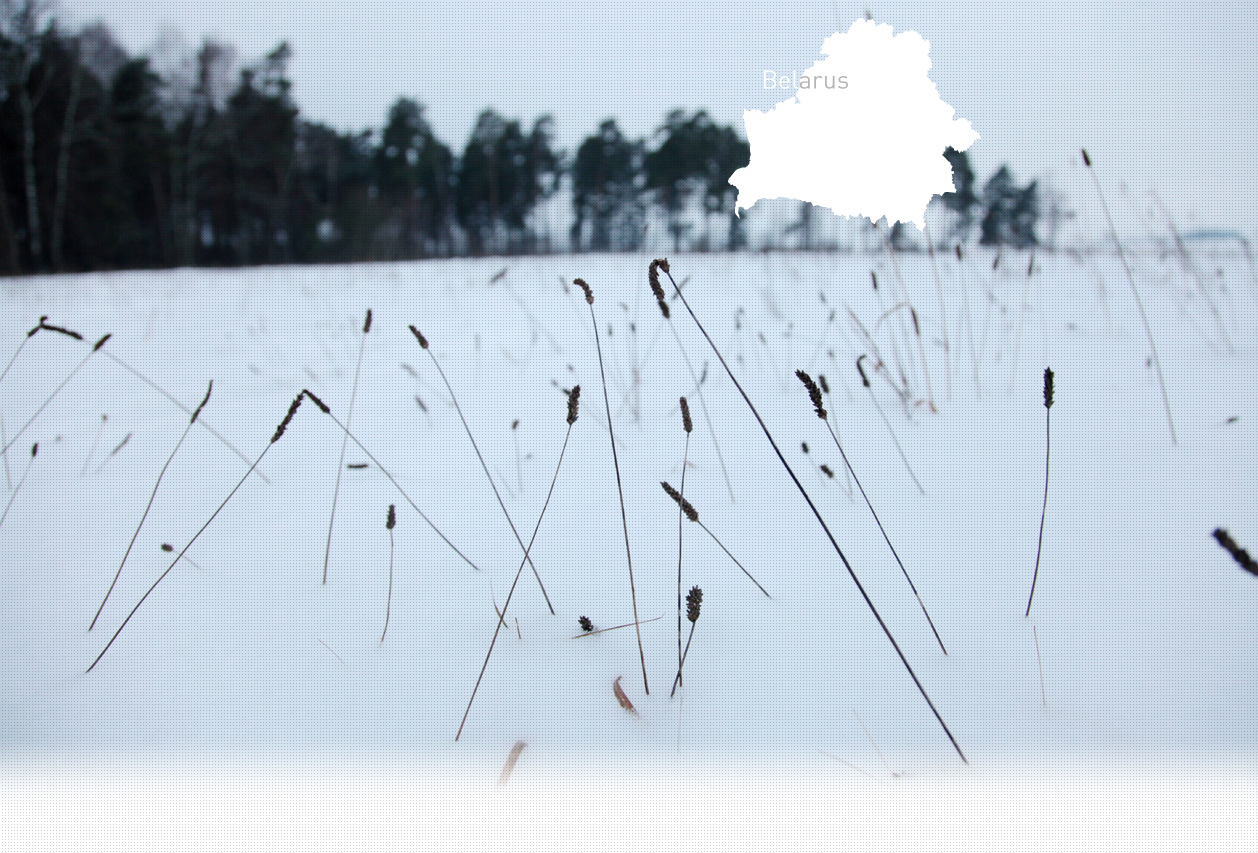

1 Killing site(s)
Iadviga S., born in 1927: “Y.U.: Did you see them being led there?
Witness: Yes, I saw a column accompanied by the Germans with dogs marching in front of it, at the back and on both sides. We had a neighbor who had three children, a sister with a husband and also her father. Can you imagine that she left all of them and came to us to ask to be rescued? My mother hid her in the hay shed. She stayed with us until the cold weather came… that means during July, August and September. Her name was Malka. My mother came to her and said, “You know, Malka, they started searching the houses. You must go.” My mother told her that Jews hadn’t been killed yet in Dolginovo. My mother prepared some food for her, and she left. As she told us later, when the shooting started, they took shelter in a brick house. About 20 people sealed themselves off in it. But when it became difficult to breathe, they broke the wall and fled to the forest. Can you believe that they crossed the front line in the forest? When we returned to Pleshchenitsy, she sent us a letter. She stayed alive, got married and lived a long time. […]
Y.U.: Were there many people following the column?
Witness: Maybe around 50 children. Old people were afraid [to go there], but we the youngsters [were not]. […]
Y.U.: When you were following the column, did the Germans chase you away?
Witness: They shouted, “Zurück! Zurück!” That meant, “Back! Back!” We walked a little and then went back. What else could we do?” (Witness n°1003B, interviewed in Pleshchenitsy, on October 7, 2019)
Pleshchenitsy is located 60 km (37mi) north northeast of Minsk. The first records of the Jewish community date back to the 18th century. In 1939, 827 Jews lived in town, making up 22% of the total population. Many Jews lived off commerce, art, crafts and agriculture. Many worked in the local kolkhoz.
Pleshchenitsy was occupied by German forces on June 28, 1941. Shortly after the occupation all Jews were marked with yellow patches and forbidden from leaving the town. The ghetto was set up during the summer of 1941. It was guarded but not fenced in. About 1,000 Jews lived there. The inmates deemed fit to work were subjected to heavy forced labor, like cleaning rubble or collecting garbage. The first Aktion was conducted in September 1941. Under the pretext of being relocated to Logoisk, where a new ghetto had been created, the Jews were gathered at the marketplace. After a selection, during which about 70 Jewish artisans and their families were selected, the remaining Jews were released to prepare for the departure that was schedule for the next day. The following day, all the Jews except for the selected artisans, were taken by cart 20 km (12mi) outside the town towards the Pavlik Lake. Once there, the Jews were forced into the barn, locked up and burned alive. It is possible that the Jews from Borisov were murdered with those from Pleshchenitsy Jews. The surviving artisans were murdered on October 16, 1941, by Lithuanian volunteers subordinated to Police Battalion b°11. They were murdered near the former fire station.
Do you have additional information regarding a village that you would like to share with Yahad ?
Please contact us at contact@yahadinunum.org
or by calling Yahad – In Unum at +33 (0) 1 53 20 13 17